Danish Siddiqui captured the people behind the story
Pulitzer prize-winning photographer always kept an eye out for the ‘common man’
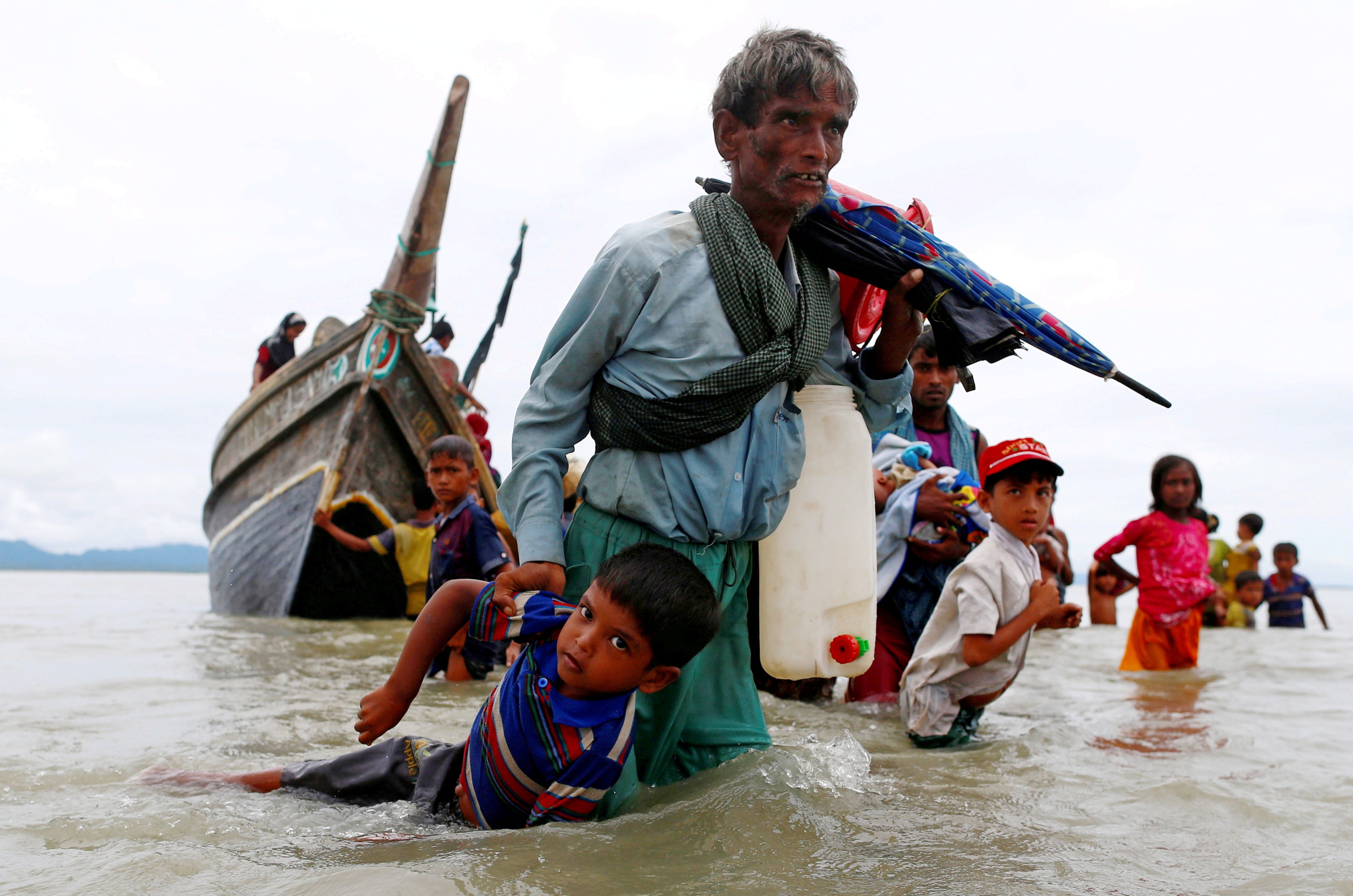
Your support helps us to tell the story
From reproductive rights to climate change to Big Tech, The Independent is on the ground when the story is developing. Whether it's investigating the financials of Elon Musk's pro-Trump PAC or producing our latest documentary, 'The A Word', which shines a light on the American women fighting for reproductive rights, we know how important it is to parse out the facts from the messaging.
At such a critical moment in US history, we need reporters on the ground. Your donation allows us to keep sending journalists to speak to both sides of the story.
The Independent is trusted by Americans across the entire political spectrum. And unlike many other quality news outlets, we choose not to lock Americans out of our reporting and analysis with paywalls. We believe quality journalism should be available to everyone, paid for by those who can afford it.
Your support makes all the difference.Danish Siddiqui, the Reuters journalist killed in crossfire last Friday when he was covering the war in Afghanistan, was a largely self-taught photographer who scaled the heights of his profession while documenting wars, riots and human suffering.
A native of New Delhi, Siddiqui, 38, is survived by his wife Rike and two young children.
He was part of a team that was awarded the Pulitzer Prize for Feature Photography in 2018 for documenting Myanmar’s Rohingya refugee crisis, a series described by the judging committee as “shocking photographs that exposed the world to the violence Rohingya refugees faced in fleeing Myanmar”.
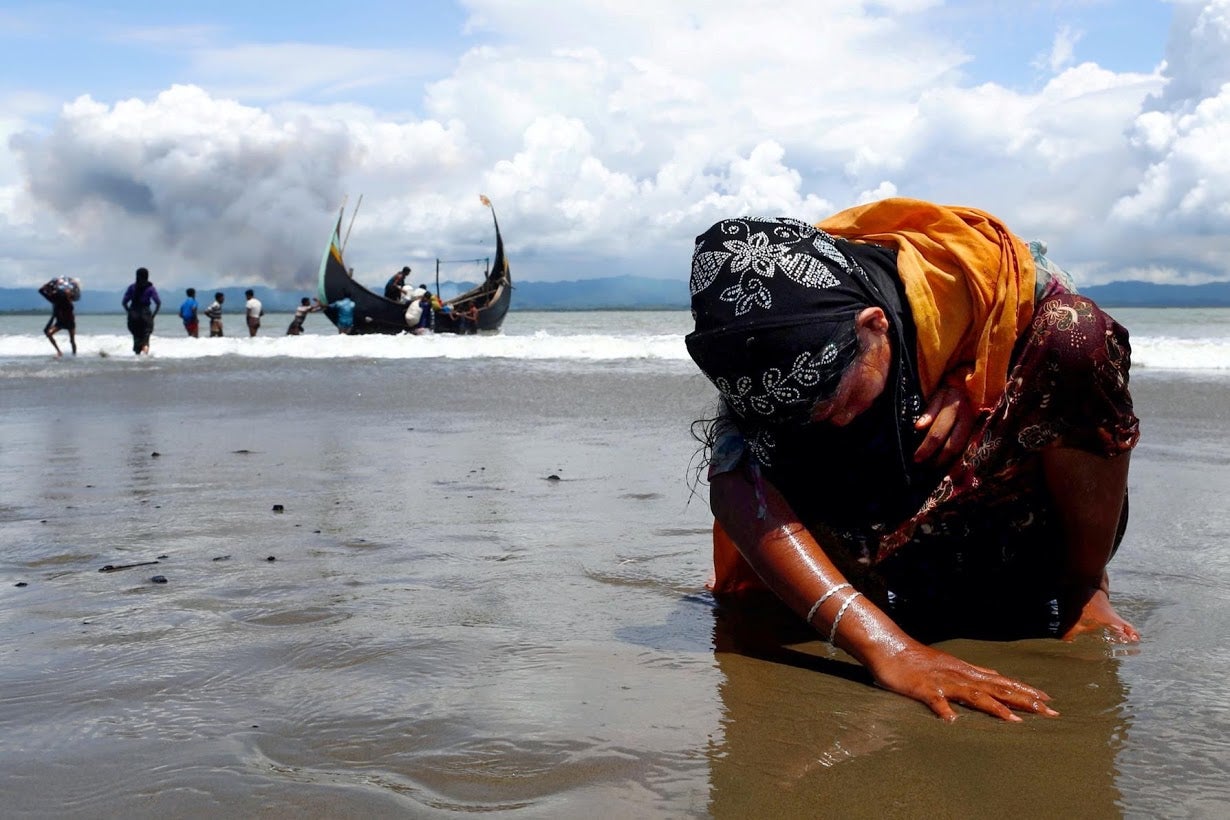
Friends and colleagues described a man who cared deeply about the stories he covered, carrying out meticulous research before embarking on assignments and always focusing on the people caught up in the news.
“Even in breaking news cycles, he would think about humanising a story, and you see that so often in his pictures, including those that won the Pulitzer and stories we have done in the last few years,” said Devjyot Ghoshal, a Reuters correspondent based in New Delhi and a neighbour of Siddiqui.
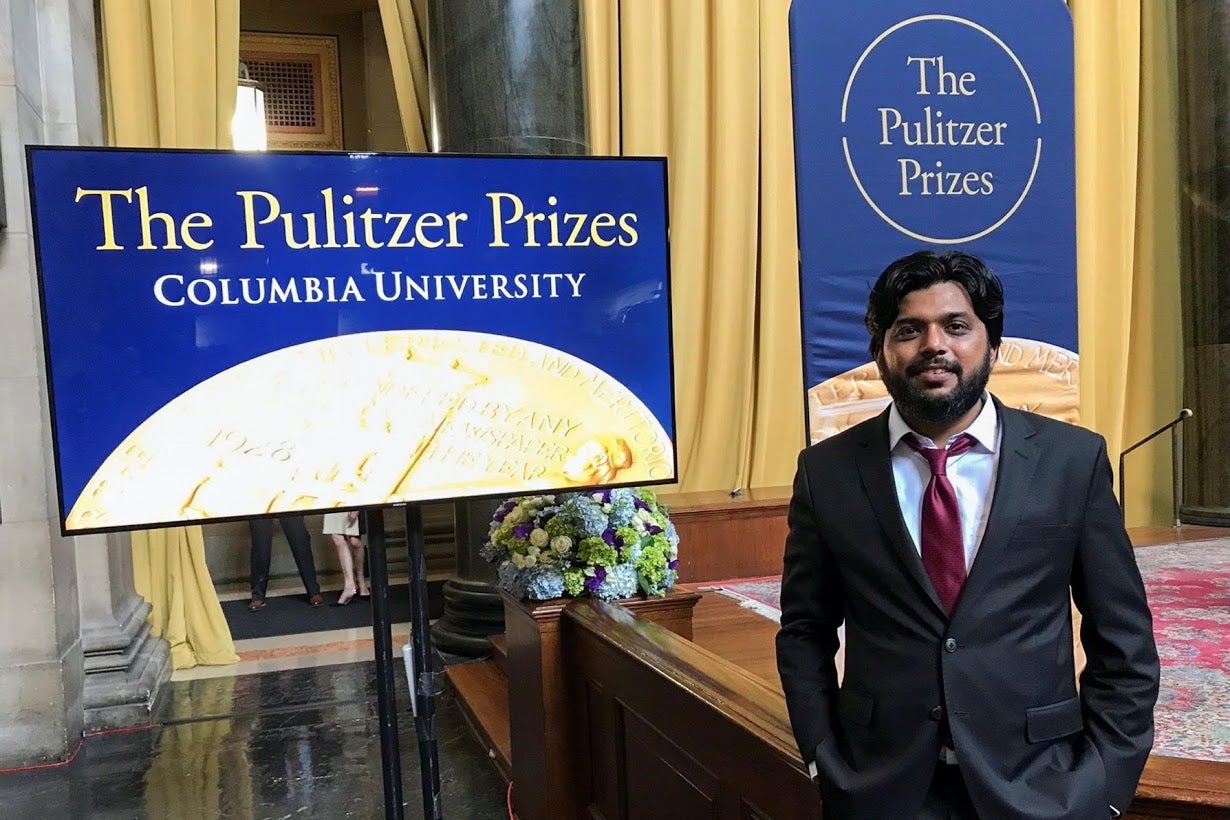
“Covering the Delhi riots together and the Covid-19 pandemic more recently – his most compelling images were about people, isolating the human element.”
A Reuters photographer since 2010, Siddiqui’s work has spanned wars in Afghanistan and Iraq, the Rohingya crisis, pro-democracy protests in Hong Kong and unrest in India.
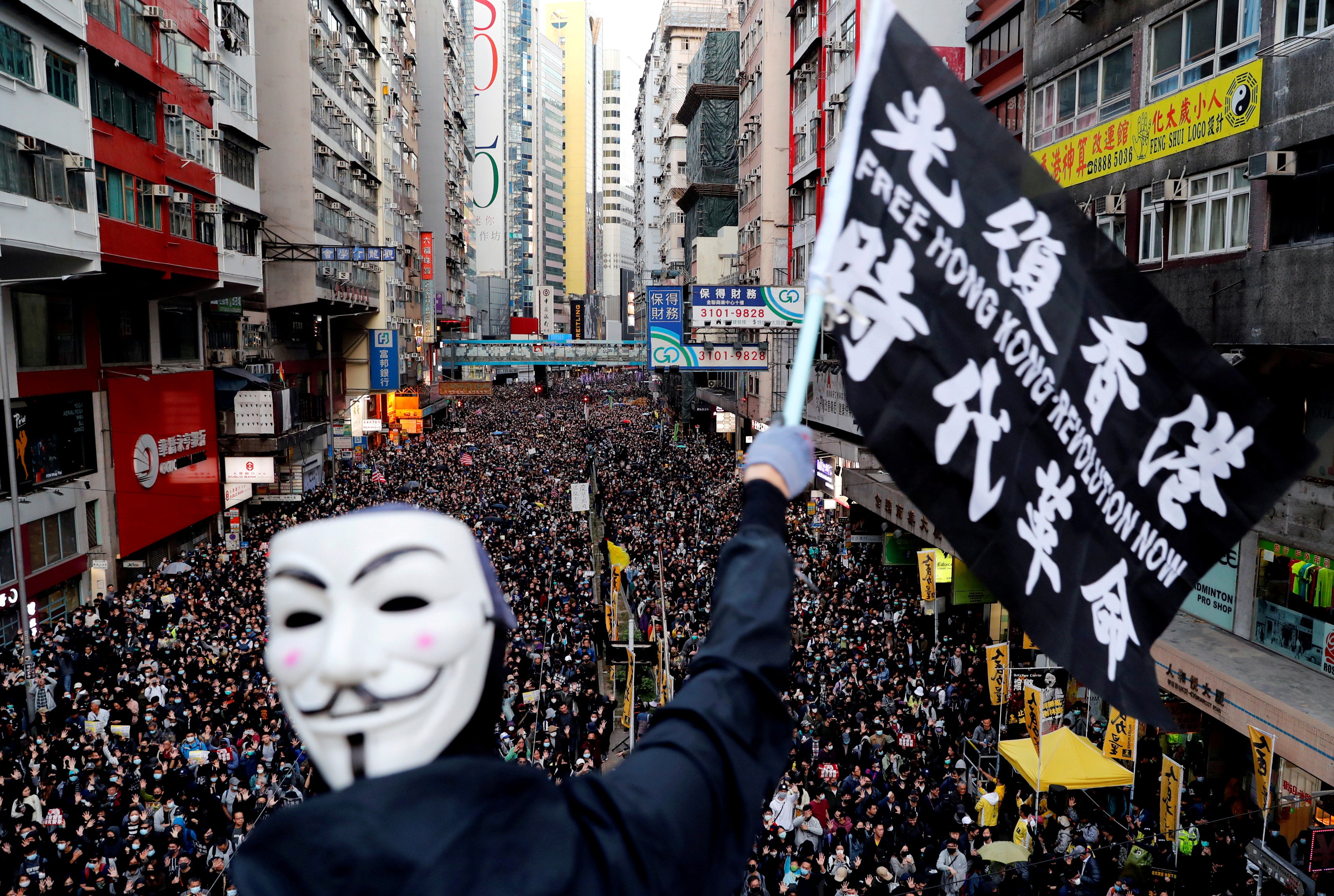
In recent months, his searing photographs capturing the coronavirus pandemic in India have spread across the world.
“Ninety per cent of the photography I have learnt has come from experimentation in the field,” Siddiqui once wrote.
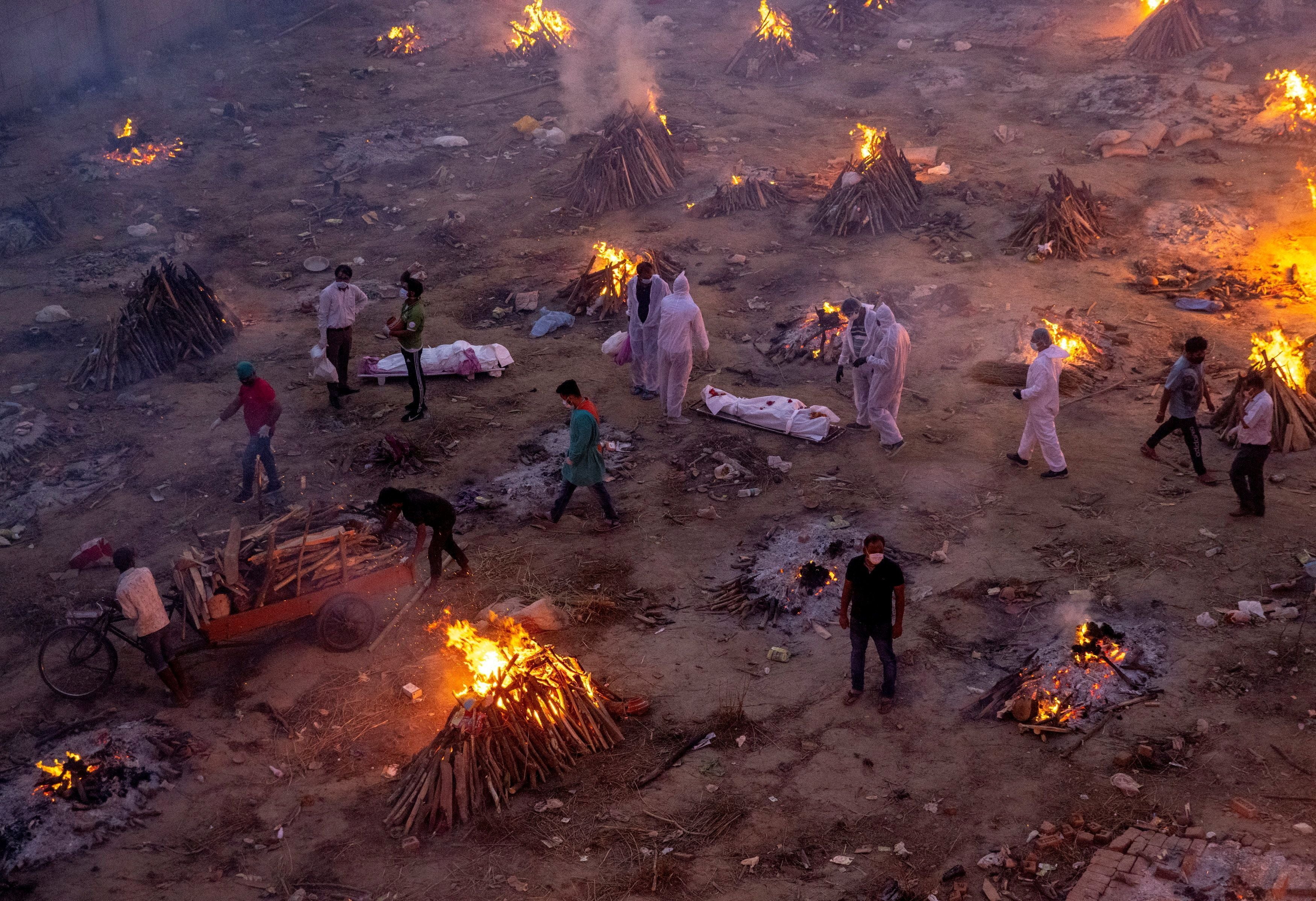
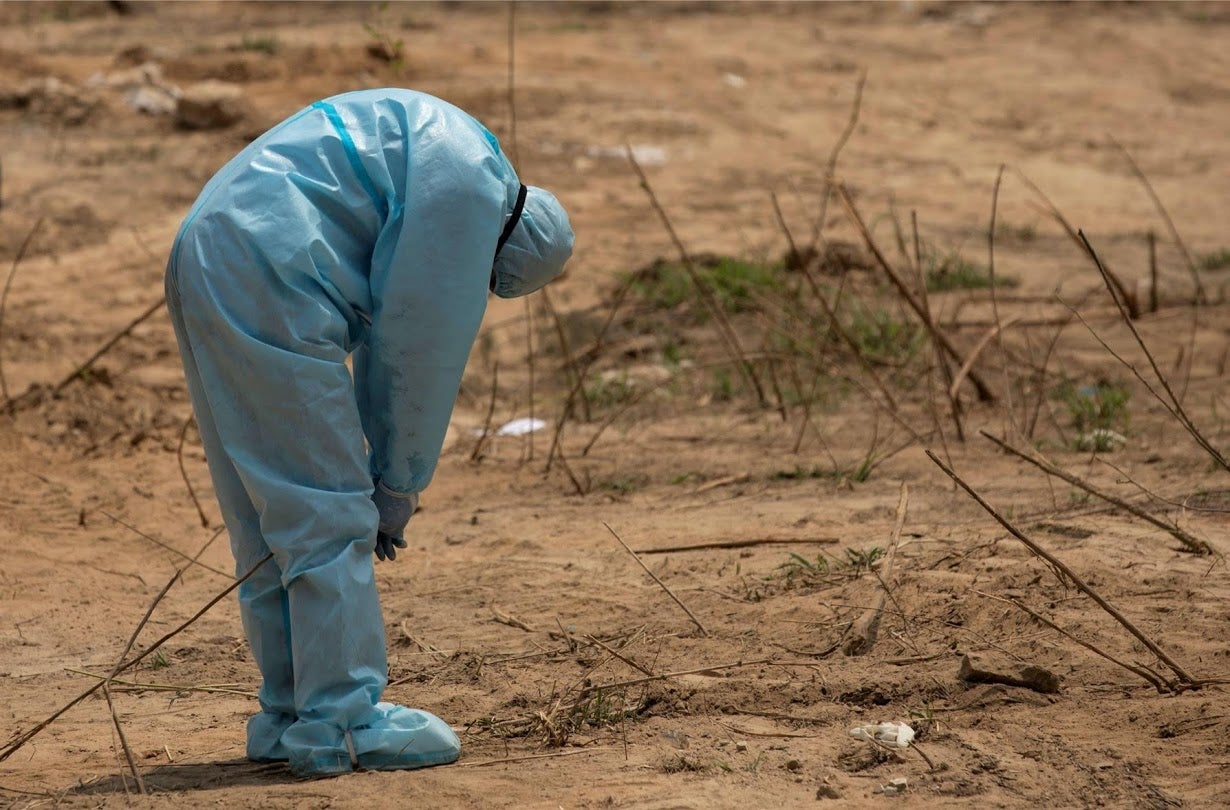
“What I enjoy most is capturing the human face of a breaking story. I shoot for the common man who wants to see and feel a story from a place where he can’t be present himself.”
Ahmad Danish Siddiqui was born on 19 May 1983. He became a journalist after a Master’s degree in Mass Communications from Delhi’s Jamia Milia Islamia University.
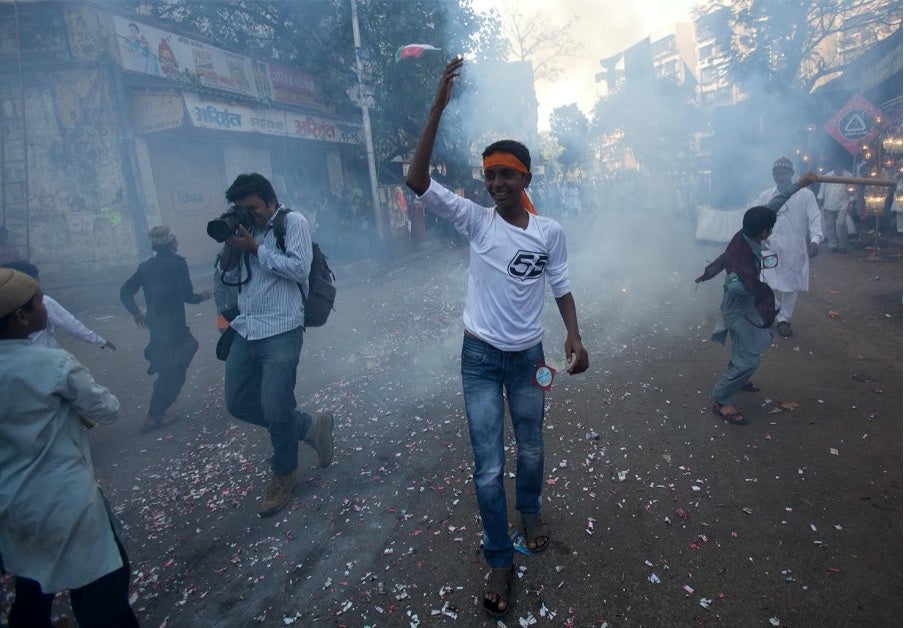
Siddiqui joined Reuters after stints as a correspondent with the Hindustan Times newspaper and the TV Today channel.
Last year, while covering sectarian unrest in a Delhi suburb, Siddiqui and Ghoshal saw a Muslim man being beaten by a frenzied Hindu mob.
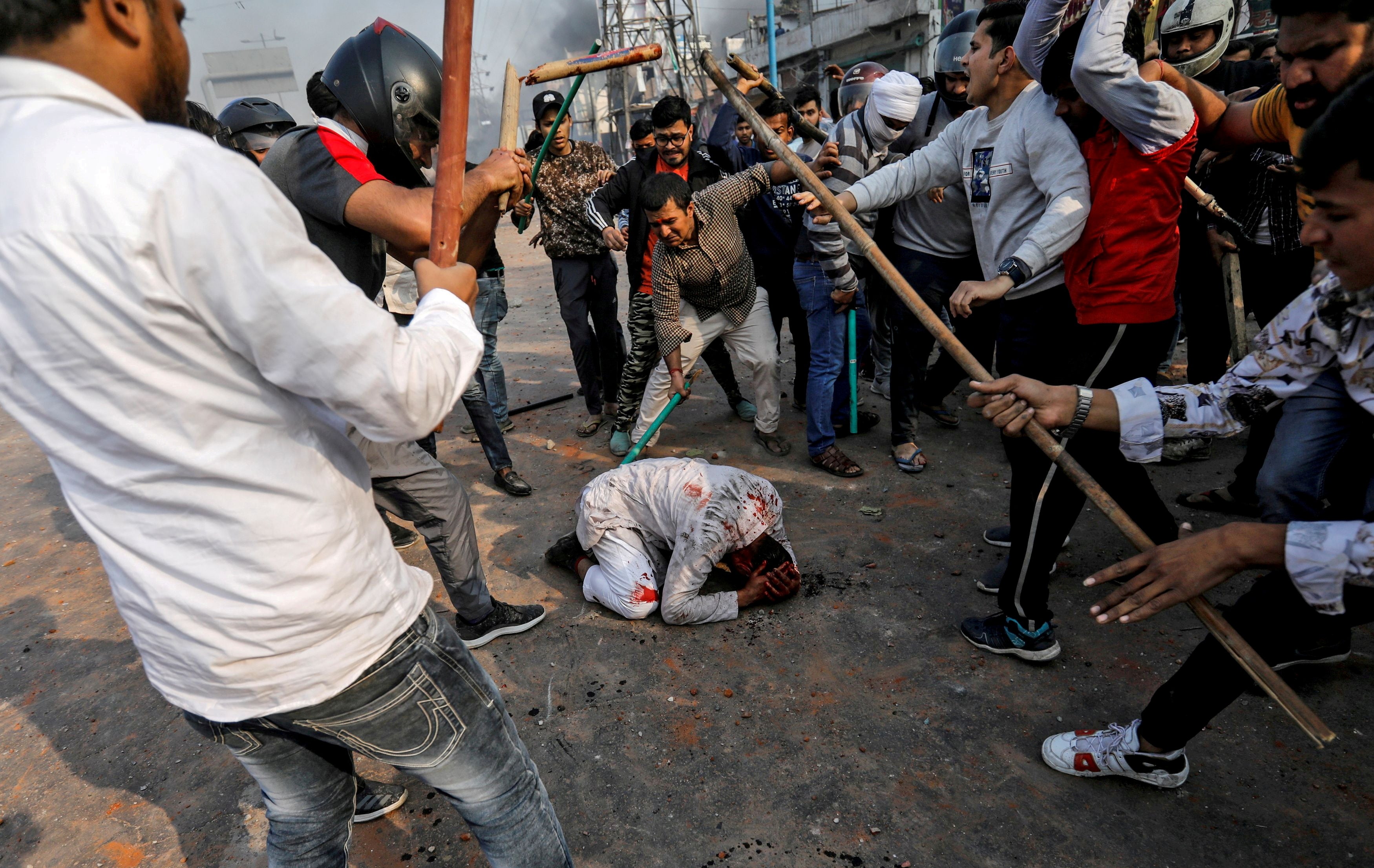
The images were widely featured in international media, highlighting the danger of wider conflagration between India’s Hindu majority and sizeable Muslim minority. Siddiqui, a Muslim, had a narrow escape when the mob turned their attention on him.
Those photographs were part of a selection of Reuters pictures of the year in 2020.
Siddiqui provided video and text from his assignments as well as photographs.
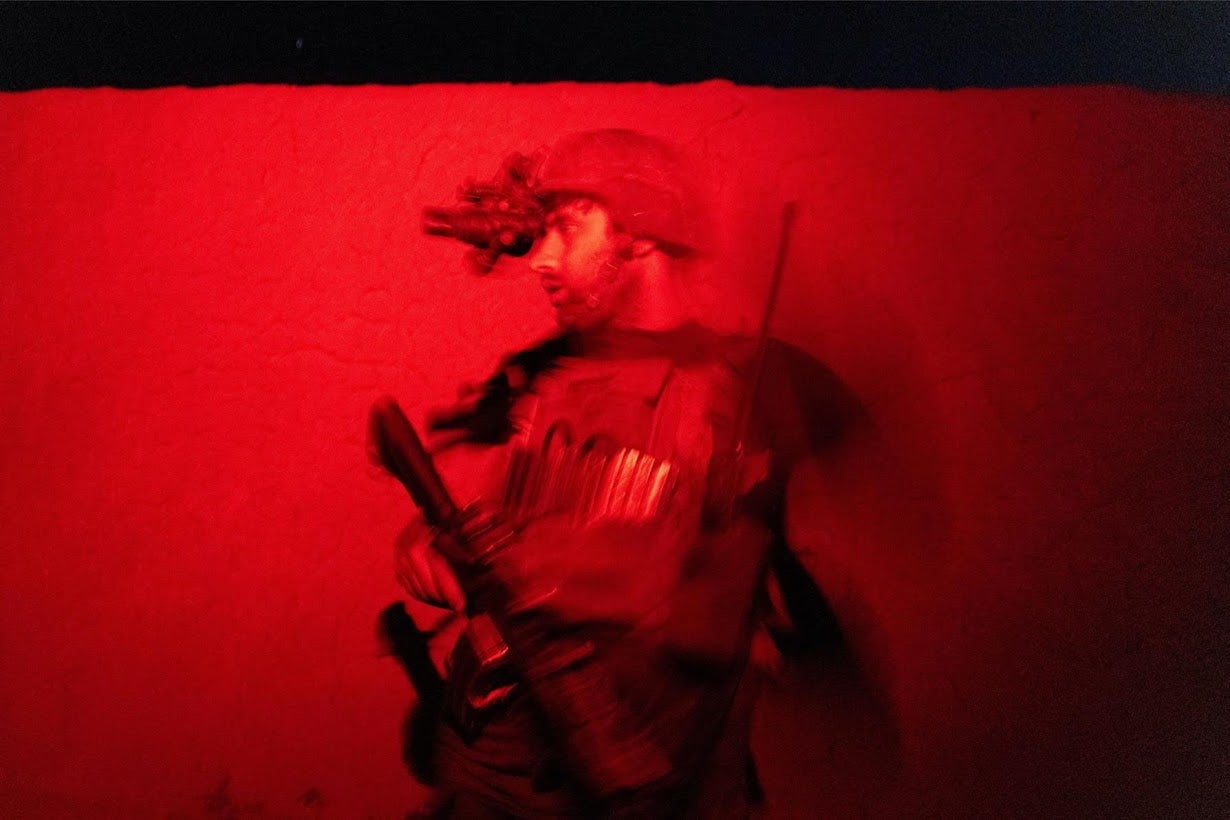
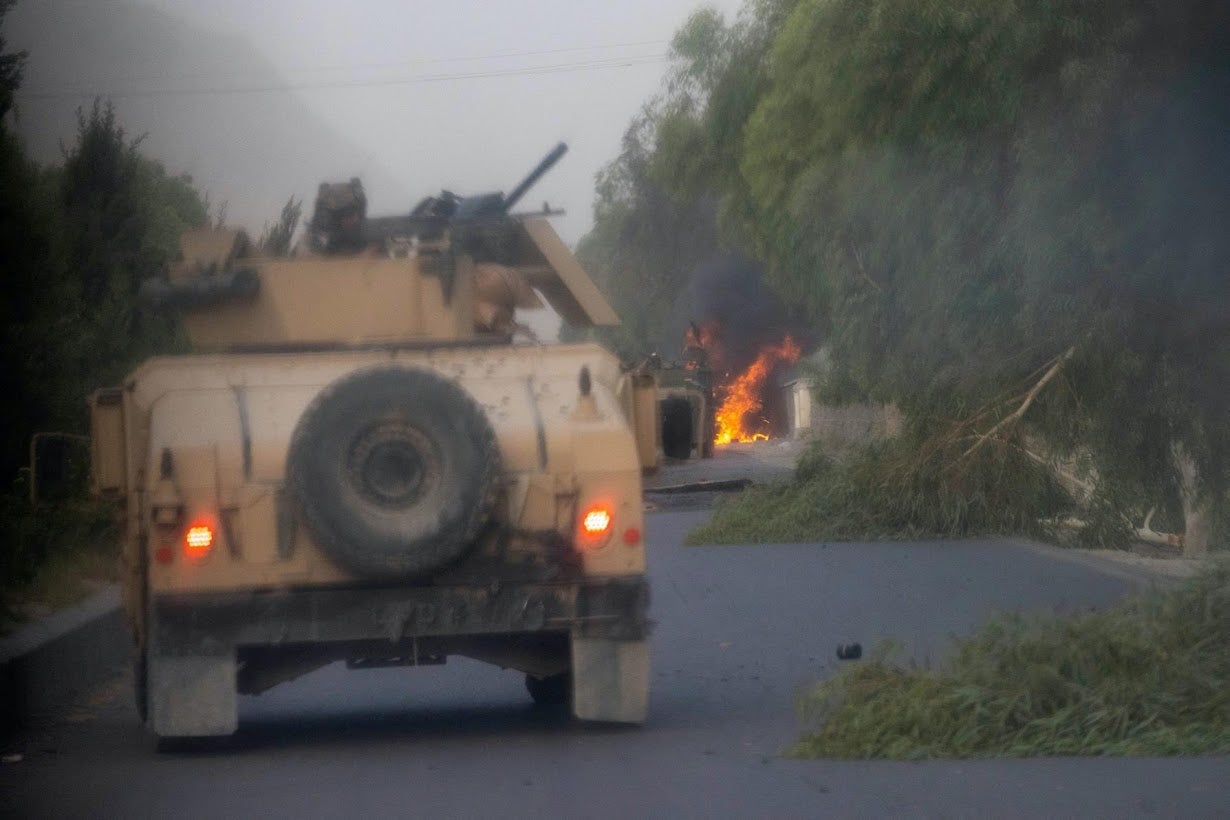
On his final assignment, he was embedded with Afghan special forces in the city of Kandahar.
Earlier last week, he was travelling with a convoy of commandos when it came under heavy fire from Taliban militants on the outskirts of Kandahar. He captured the drama in pictures, film and words.
© Reuters
Join our commenting forum
Join thought-provoking conversations, follow other Independent readers and see their replies
Comments